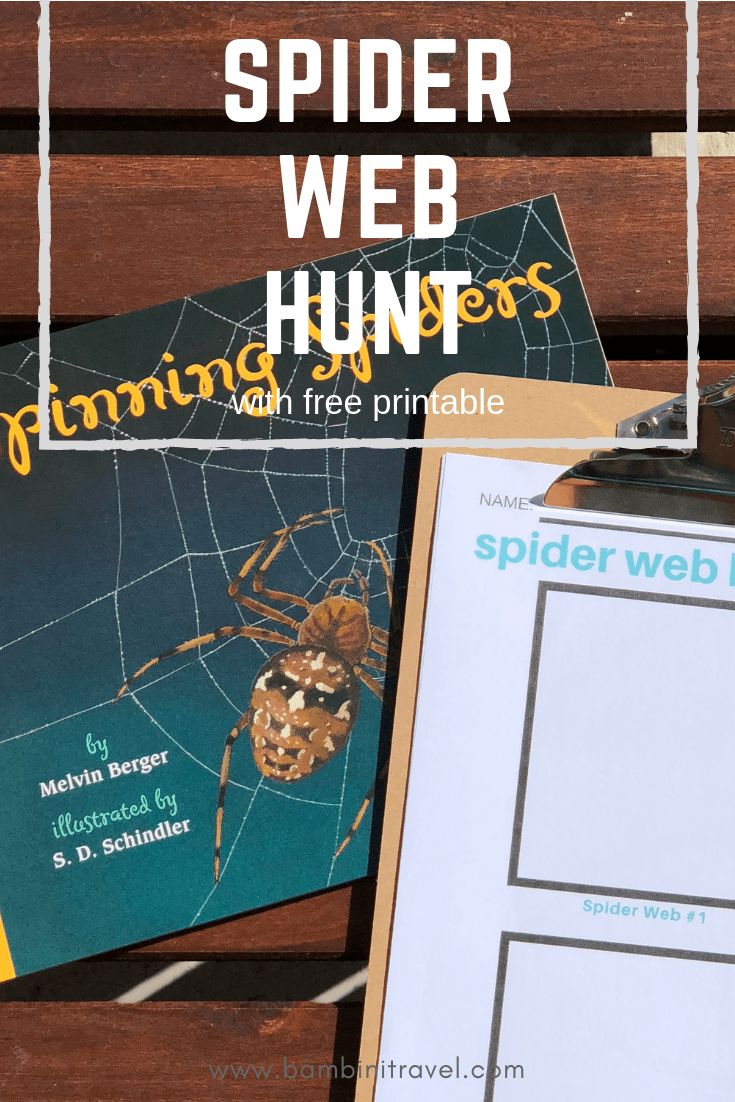Embarking on a project that delves into the fascinating world of spiders and their intricate webs can inspire both scientific inquiry and aesthetic appreciation. The interplay between nature’s artistry and the practical side of education forms a compelling narrative that captivates the imagination of students and educators alike. This immersive experience encourages participants to explore various facets of arachnology while honing research and observational skills. As we dive into the complexities of spider ecosystems, we uncover the remarkable adaptations and behaviors that have allowed these creatures to thrive for millions of years.
When considering the project of hunting spiders and their webs, the first step is to establish a strong foundation of motivation. Engaging students in this exploratory endeavor can ignite their curiosity about biology and ecosystems. Start by igniting inspiration: share stunning visuals of different types of spiders and their meticulously spun webs. Use impactful imagery, such as the remarkable patterns created by orb-weavers or the stealthy strategies employed by wolf spiders. The visual stimulus can foster an environment ripe for inquiry, where questions arise and students feel compelled to seek answers.
Setting clear objectives is paramount. Determine what aspects of spider behavior and web construction will be explored. Students could investigate how environmental factors influence web design, or examine the diverse hunting mechanisms employed across various species. For instance, the mathematical precision in spiral web construction is a captivating point of inquiry—how do these arachnids formulate such intricate designs without formal training or tools? This aspect of the project not only taps into biology but also into mathematics and geometry, making it interdisciplinary in approach.
Next, equip students with practical resources. The use of a FREE printable worksheet, such as the one offered in a popular educational resource, can enhance their engagement. This resource can provide a structured way to document observations and findings during their hunts. Worksheets might include spaces for diagrams, descriptive text, and even a section for creative reflections. Invite students to sketch the webs they encounter, noting the materials used in construction and the spider’s behaviors while ensnaring prey. This artistic endeavor will solidify their observations and create a tangible connection to their findings.
The actual hunting experience can be conducted in diverse environments—backyards, parks, or even school gardens—provide ideal settings to observe these eight-legged architects in action. Each ecosystem offers unique challenges and opportunities for discovery. Students can learn the importance of respecting natural habitats; teach them to observe without disturbing. Encourage the use of various tools for observation, such as magnifying glasses to examine webs closely or cameras to document spiders in their natural settings.
A significant component of this project is the documentation and analysis of findings. After the hunting expeditions, students should compile their observations into a cohesive report. This allows them to reflect on what they learned and synthesize information. Encourage them to explore specific web types: the famed orb web, the sturdy funnel web, or even the delicate cobweb. Each type warrants its research, stimulating discussions about why different species create the webs they do, and how those designs serve their predatory needs.
In tandem with scientific exploration, instilling an appreciation for biodiversity is essential. Spiders often evoke fear or disgust, yet they are crucial players in the ecosystem, contributing to pest control and serving as indicators of environmental health. Discussing the ecological significance of spiders can reshape perceptions, transforming aversion into respect. This perspective is vital in cultivating conservation-minded individuals who understand the interdependence of life forms within ecosystems.
Further enriching this educational venture are opportunities for interdisciplinary connections. Incorporating elements of storytelling, art, and even poetry can elevate the project. For instance, students could write creative narratives from the perspective of a spider, weaving in factual information about their species and habitat. Such reflections not only encourage creativity but deepen empathy and understanding of these often-misunderstood creatures.
As students navigate through the project, encourage collaboration and peer learning. Group discussions allow students to share observations, fostering a sense of community and shared exploration. Organizing a showcase at the project’s conclusion can provide a platform for students to present their findings and creative works. This culminates not only as a celebration of what they’ve learned but also strengthens public speaking and communication skills—an invaluable asset across all disciplines.
In summary, the project of hunting spiders and their webs offers a multifaceted approach to learning that fosters inspiration, curiosity, and respect for the natural world. By engaging in hands-on exploration and thoughtful reflection, participants can uncover the astonishing complexity of spider behavior and web design while honing their critical thinking and observational skills. With the right mix of motivation, resources, and community engagement, this project promises to be a rich educational experience that resonates well beyond the classroom.









Leave a Comment